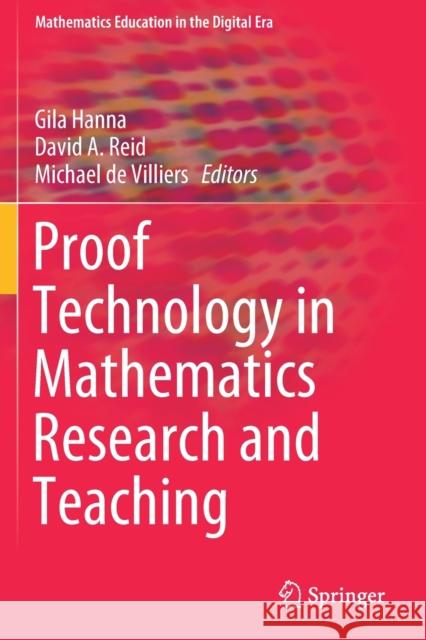Proof Technology in Mathematics Research and Teaching » książka
topmenu
Proof Technology in Mathematics Research and Teaching
ISBN-13: 9783030284855 / Angielski / Miękka / 2020 / 379 str.
Proof Technology in Mathematics Research and Teaching
ISBN-13: 9783030284855 / Angielski / Miękka / 2020 / 379 str.
cena 605,23
(netto: 576,41 VAT: 5%)
Najniższa cena z 30 dni: 578,30
(netto: 576,41 VAT: 5%)
Najniższa cena z 30 dni: 578,30
Termin realizacji zamówienia:
ok. 22 dni roboczych
Dostawa w 2026 r.
ok. 22 dni roboczych
Dostawa w 2026 r.
Darmowa dostawa!
Kategorie:
Kategorie BISAC:
Wydawca:
Springer
Seria wydawnicza:
Język:
Angielski
ISBN-13:
9783030284855
Rok wydania:
2020
Wydanie:
2019
Numer serii:
000450925
Ilość stron:
379
Waga:
0.54 kg
Wymiary:
23.39 x 15.6 x 2.03
Oprawa:
Miękka
Wolumenów:
01
Dodatkowe informacje:
Wydanie ilustrowane











